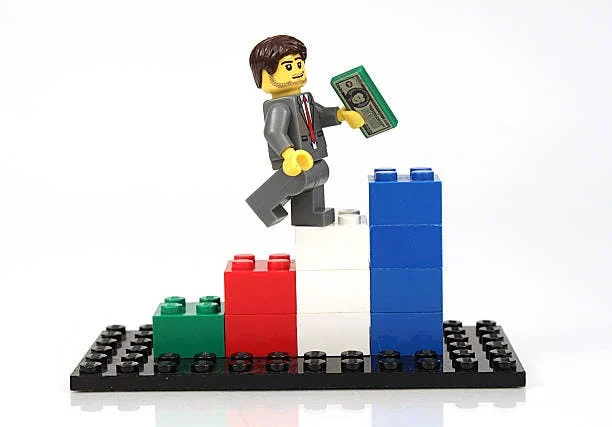Buyer Decision
All Roads To Decision Confidence
Ghosted
“Let me think about it”. Ugh, those dreaded words that a salesperson hates to hear.
There are an overwhelming number of choices for B2B SaaS buyers in just about any category, and an equally daunting amount of information with various quality levels. Trustworthy and helpful content is hard to come by.
Buyers are often cynical due to having purchased SaaS solutions in the past only to have them fall short of expectations, and not be adopted or implemented sufficiently.
All of the noise, and past burns lead to a justifiable fear of failure. This is a very powerful force for a lack of decision confidence, and can lead to “I’ll get back to you with any questions”.
Legos Of Confidence

Buyer -> Problem -> Use Case -> Case Study
The first step in decision confidence is understanding the buyer and the buyers’ problem, or even helping them define it.
Your existing customers are the best source of information for helping to define the most common problem, and uncovering the associated use case that provides the solution. This is what needs to be brought to light as early and often as possible with the buyer.
Give guidance, not a job. We want to avoid “here are all of the things our software can do, good luck”. Rather, we want to provide the buyer a formula that other customers have followed to find value. This formula is not just a process, but also includes the various conditions that led to the problem, as well as the solution.
The organizational structure is an example of something that can contribute to a problem, but also is a part of the solution.
The more the buyer can see themselves in the examples you provide, the more it will build trust. Sometimes this needs to be uncomfortably specific, but you will often be rewarded for that with additional trust - even if your example wasn’t 100% accurate.
Once they understand the situation pretty well, sales can go ahead and say “based on your organization and needs, I would recommend X…”
Lastly, the buyer wants reinforcement that they will achieve their desired outcome. This is where a case study with a buyer like them can really help. Note: this does not need to be an industry peer, just an entity that had similar conditions and problem(s).
PRO TIP: As we work on the above, try to think about ways to bring this information forward into marketing touch-points, not just the sales process. See more about Zones here.
Value Drives Everything
Start simple, start small. The best way to get a customer to their desired outcome is to not clutter up their thinking with anything but the core use case. This includes not even discussing “cool” but seldom used features. For larger clients, it may also make sense to do a deal that only involves one division - especially if they are the most attuned to how it can help them and are ready to implement it.
Don’t put a square peg in a round hole. If a buyer is a better fit for a competitor’s product, don’t fight it. Kudos to your sales team for pointing this out to the buyer. This use case mindset should replace traditional battle-cards, because when it is a good fit, it is far more powerful.
Align sales incentives with customer success metrics. This often revolves around the “start simple, start small” mentality. All relevant parties should be rewarded for retention and expansion.
In the immortal words of Jean Luc Picard…Make it so.
Until next week!





